When it comes to joining metal surfaces, the choice of adhesive can significantly impact the strength, durability, and overall success of the bond. Unlike mechanical fasteners like screws and bolts, metal to metal adhesives offer a seamless connection without compromising the integrity of the materials. This guide will delve into the various types of metal adhesives, their applications, and key factors to consider when selecting the right product for your needs.
Understanding Metal to Metal Adhesives
Metal-to-metal adhesives are specialized bonding agents designed to join metal surfaces. These adhesives create a strong, durable bond that can withstand various environmental conditions and stresses. They are commonly used in industries such as automotive, aerospace, electronics, and construction, where precision and reliability are paramount.
There are several types of metal adhesives available, each with its unique properties and benefits:
Epoxy Adhesives: Epoxy adhesives are among the most popular choices for metal bonding due to their excellent strength and durability. These two-part adhesives consist of a resin and a hardener, which, when mixed, form a strong, rigid bond. Epoxies are known for their resistance to chemicals, heat, and environmental factors, making them ideal for applications requiring long-term durability.

Acrylic Adhesives: Acrylic adhesives, also known as methacrylates, are another versatile option for metal bonding. They offer fast curing times and excellent resistance to impact and vibrations. Acrylics are often used in applications where a quick bond is required, such as in the automotive and electronics industries. They also provide a flexible bond, which can absorb stress and reduce the risk of cracking.
Polyurethane Adhesives: Polyurethane adhesives are known for their flexibility and resistance to moisture and chemicals. They provide a strong bond that can withstand dynamic loads and are often used in applications where metals are exposed to harsh environmental conditions. Polyurethanes are also suitable for bonding dissimilar materials, making them a versatile choice for various metal bonding needs.
Cyanoacrylate Adhesives: Cyanoacrylate adhesives, commonly known as super glues, are fast-acting adhesives that can bond metals in seconds. They are ideal for small-scale applications or temporary fixes where a quick bond is necessary. However, cyanoacrylates may not offer the same long-term durability as other adhesive types and may require additional reinforcement for heavy-duty applications.
Anaerobic Adhesives: Anaerobic adhesives cure in the absence of air, making them ideal for bonding metal parts in enclosed spaces, such as threaded assemblies or flanges. They provide a strong, durable bond that can resist high temperatures and chemical exposure. Anaerobics are commonly used in automotive and industrial applications, where they help prevent leaks and enhance the strength of mechanical joints.
Key Factors to Consider When Choosing a Metal Adhesive
Selecting the right adhesive for metal bonding involves considering several factors, including the type of metals being joined, the environmental conditions, and the specific requirements of the application. Here are some key considerations to keep in mind:
Metal Type: Different metals have different surface characteristics, which can affect the adhesion process. For instance, aluminum and stainless steel have a low surface energy, making them more challenging to bond. In such cases, surface preparation, such as cleaning or roughening, may be required to enhance adhesion. Additionally, certain adhesives may be better suited for specific metals, so it’s essential to choose an adhesive compatible with the metals you’re working with.
Bond Strength: The required bond strength will vary depending on the application. Structural applications, such as automotive or aerospace components, require adhesives with high tensile and shear strength to withstand heavy loads and stress. On the other hand, non-structural applications, such as electronics or decorative items, may not require the same level of strength, allowing for the use of more flexible adhesives.
Curing Time: Curing time refers to the amount of time it takes for the adhesive to fully harden and achieve its maximum strength. Some adhesives, like cyanoacrylates, cure within seconds, making them ideal for quick fixes. Others, like epoxies, may take several hours or even days to fully cure, but they offer superior strength and durability. Consider the curing time required for your application and whether you need a fast or slow-setting adhesive.
Environmental Conditions: Metal bonds are often exposed to various environmental factors, such as temperature fluctuations, moisture, and chemicals. It’s crucial to choose an adhesive that can withstand these conditions without compromising the bond’s integrity. For example, epoxy adhesives are highly resistant to heat and chemicals, making them suitable for harsh environments, while polyurethane adhesives offer excellent moisture resistance.
Application Method: The method of application can also influence the choice of adhesive. Some adhesives are available in easy-to-use formats, such as tapes or films, while others may require mixing or special dispensing equipment. Consider the ease of application and whether you have the necessary tools and expertise to apply the adhesive correctly.
Flexibility and Toughness: Some applications require a certain level of flexibility in the bond, especially when the metals may experience movement or vibration. In such cases, adhesives like polyurethane or acrylics, which offer a more flexible bond, would be ideal. On the other hand, if rigidity is essential, such as in structural components, an epoxy adhesive would be the better choice.
Surface Preparation for Metal Bonding
Proper surface preparation is critical to achieving a strong, lasting bond between metal surfaces. Even the best adhesive may fail if the surfaces are not adequately prepared. Here are some steps to ensure optimal adhesion:
Cleaning: Metal surfaces must be free of dirt, oil, grease, and other contaminants before applying the adhesive. Use a suitable solvent, such as acetone or isopropyl alcohol, to clean the surfaces thoroughly. Ensure that the solvent evaporates completely before proceeding with the bonding process.
Roughening: Roughening the metal surface can improve adhesion by creating more surface area for the adhesive to bond to. This can be done using sandpaper, abrasive pads, or chemical etching. However, care should be taken not to damage the metal or create uneven surfaces that could weaken the bond.
Priming: Some metals may benefit from the application of a primer before bonding. Primers can enhance the adhesive’s performance by improving its wetting properties and increasing the bond strength. Be sure to use a primer that is compatible with both the adhesive and the metal.
Conclusion
Choosing the right metal-to-metal adhesive requires careful consideration of the materials, environmental conditions, and application requirements. By understanding the different types of adhesives available and their specific properties, you can select a product that will provide a strong, durable bond for your metal projects.
Remember that surface preparation is equally important in achieving a successful bond. Proper cleaning, roughening, and priming can significantly enhance the adhesive’s performance, ensuring that your metal components remain securely bonded for the long term.
Whether you’re working on a small DIY project or a large-scale industrial application, the right adhesive can make all the difference in the strength and longevity of your metal bond.

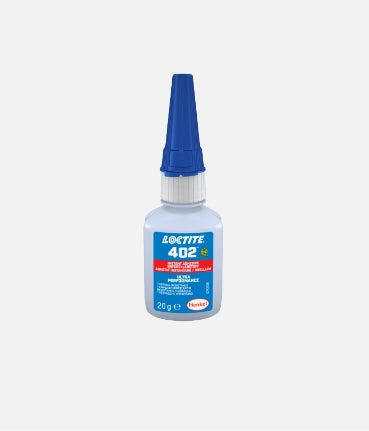
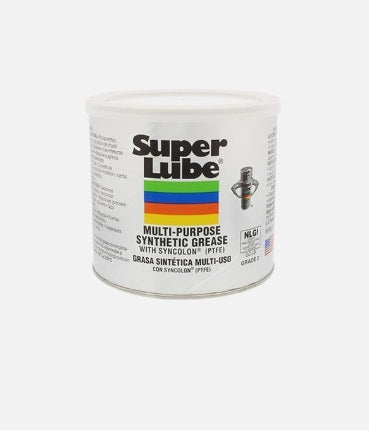
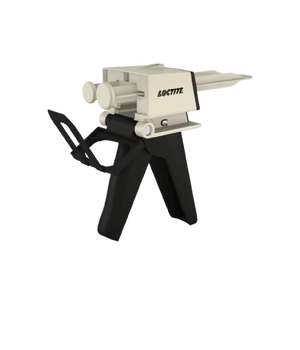
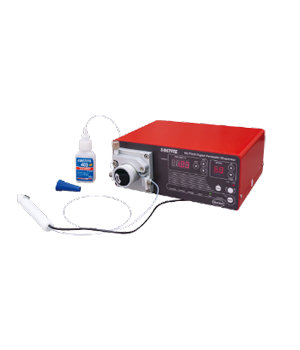




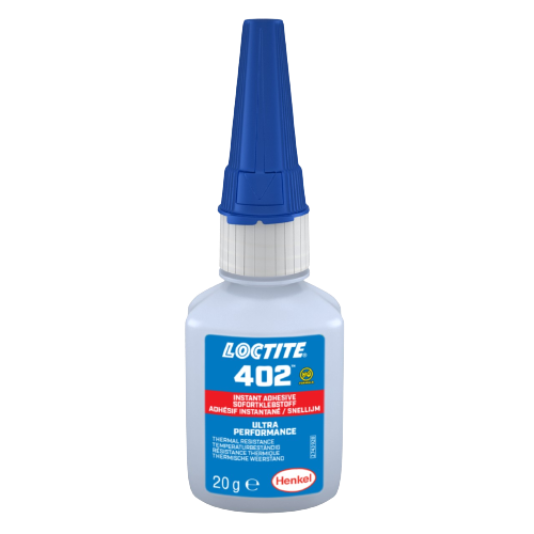
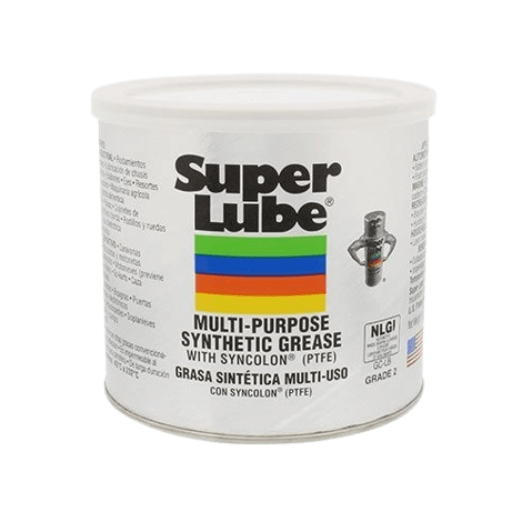
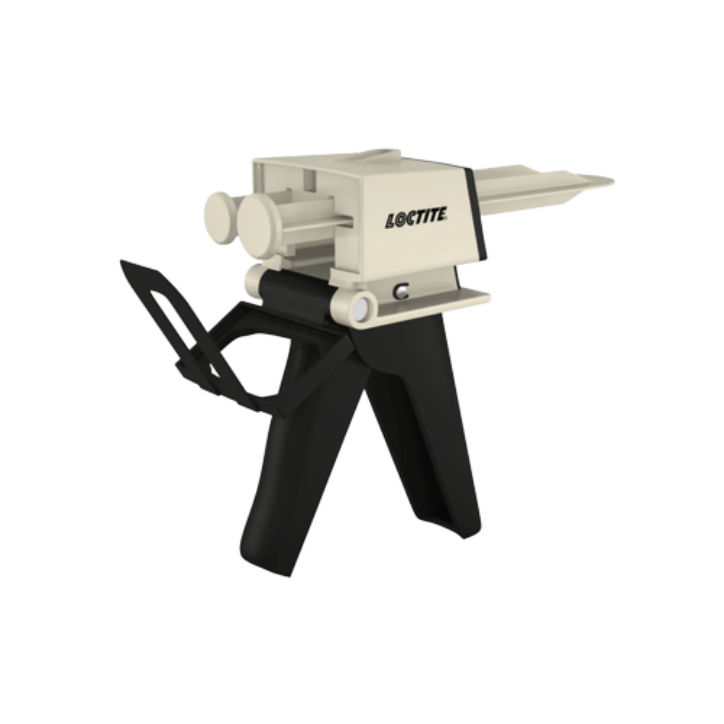
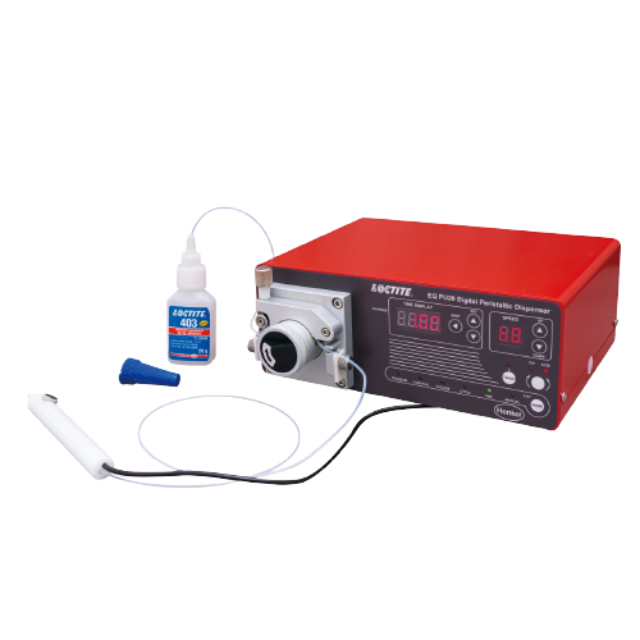
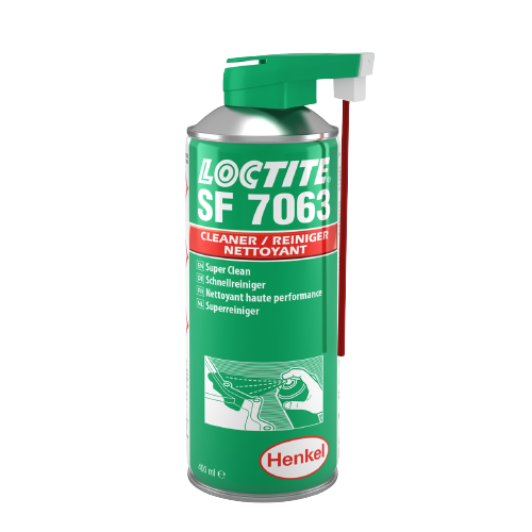
发表评论
所有评论在发布前都会经过审核。
此站点受 reCAPTCHA 保护,并且 Google 隐私政策和服务条款适用。